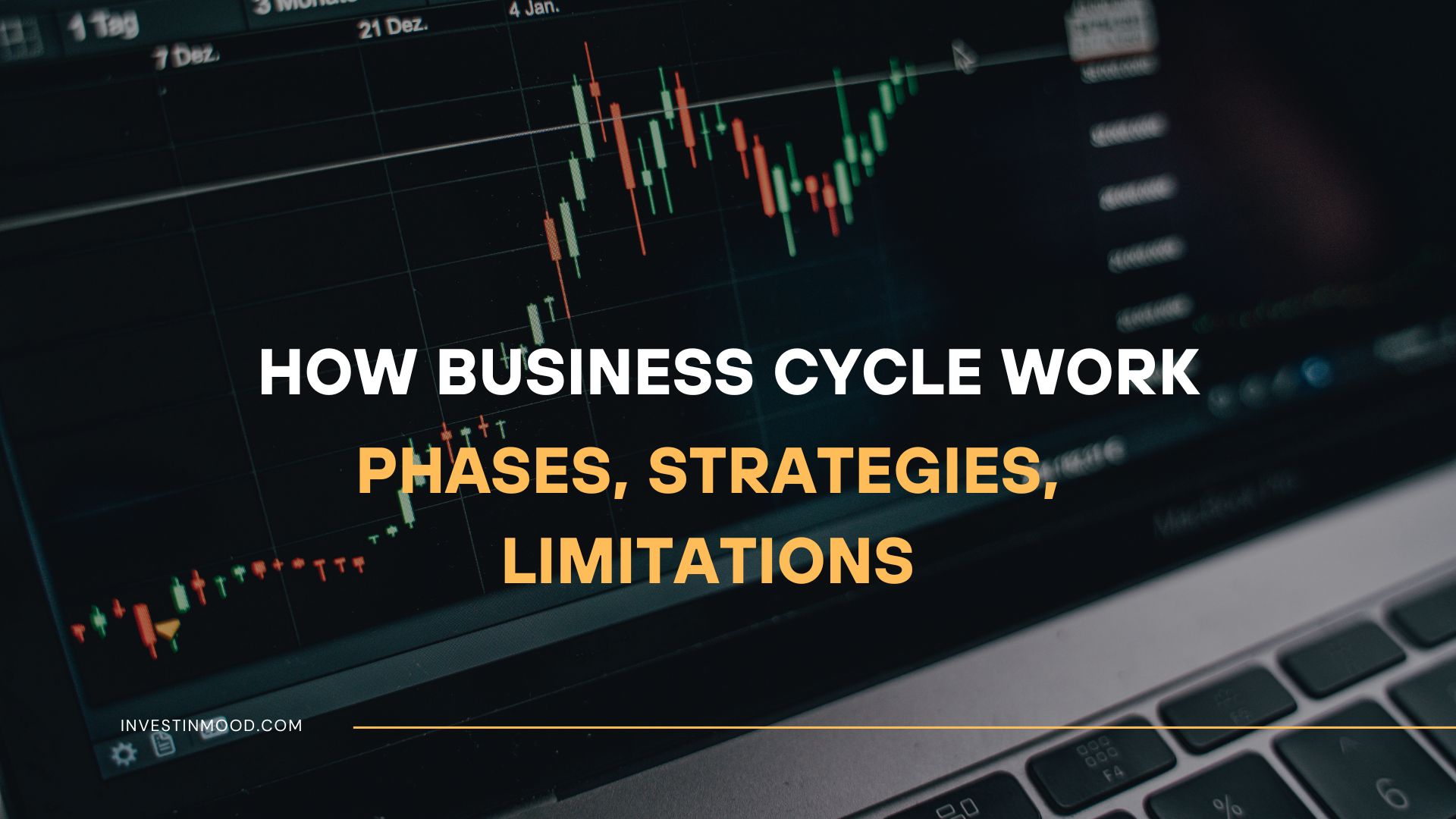
How Business Cycle Work Phases, Strategies, Limitations
The business cycle is the heartbeat of a market economy, representing the natural, recurring rise and fall of economic growth over time. For investors and traders in the US, UK, Canada, and Australia, understanding these cycles is not an academic exercise, it’s the key to identifying which assets will outperform, protecting capital during downturns, and positioning portfolios for the next recovery.
This foundational knowledge is critical for anyone participating in major markets like the S&P 500, FTSE 100, or S&P/ASX 200, as it dictates the strategic moves that separate successful long-term investors from the rest.
| Aspect | Detail |
|---|---|
| Definition | The Business Cycle is the fluctuation in economic activity that an economy experiences over a period, characterized by four phases: expansion, peak, contraction, and trough. |
| Also Known As | Economic Cycle, Trade Cycle |
| Main Used In | Macroeconomic Analysis, Stock Trading, Portfolio Management, Sector Rotation Strategies, Economic Forecasting |
| Key Takeaway | No expansion lasts forever, and no contraction is permanent; successful investing involves anticipating the transitions between phases rather than reacting to them. |
| Related Concepts |